This is the second in a three-part series looking at path-breaking weaving facilities in different stages of development across the country, including The Handloom School, Ganga Maki Textile Studio and the Varanasi Silk Weaving Atelier. Beautifully built, innovative in design and sensitive to the human condition, these projects are at the forefront, addressing core tenets of a progressive craft industry. Their rural locations echo the beliefs of stakeholders and well-wishers of the industry that craft is best retained within its region of origin, and that quality of life is often positively related to proximity to one’s home.
Remarkably, these spaces have been conceptualized and designed by established and rising stakeholders. They represent a coming together of global minds – textile entrepreneurs, non-profits and architects – whose interest and investment in the future of weaving is important. How have these visions translated into actuality? What potential do they hold as case studies for larger scale entities? And how does this change in dynamic impact the karigar?
Our second look is at the Varanasi Silk Weaving Atelier in Varanasi, Uttar Pradesh which has been in the pipeline for the last few years and is slated to break ground later this year. Renderings and information below are based on the originally proposed structure, which is subject to change in the next six months. We spoke to Nest, the New-York based NGO pivotal to the project’s success, and its respective architectural firm, David Adjaye Associates:
Project specifics
Location > Varanasi, Uttar Pradesh
Project size > ~25,000 square meters
Partners and patrons >
> A New York-based NGO committed to the social and economic advancement of global artisans and homeworkers through supply chain transparency, sustainable business development, and widespread industry advocacy.
> Purchased land with philanthropic dollars donated by funders and foundations.
> Coordinated involvement of key players.
> Is supporting Loom to Luxury’s overall business development, by providing artisans with hands-on mentorship and training in design, production systems, and business operations – ensuring that the business is ready for the increased growth that is anticipated to be furthered by establishment of the atelier.
David Adjaye
> Principle architect of David Adjaye Associates.
> The lead architect who designed the atelier, he is also a Nest Advisory Board Member/Ambassador.
> A 100% handloom silk-weaving enterprise in Varanasi, focused on promoting traditional craft and supporting sustainable livelihoods for handloom weavers by ensuring payment of fair wages and provision of additional social services.
> Loom to Luxury weavers, including those from both Hindu and Muslim villages, will work together in the new atelier.
> New York-based luxury fashion label and early project partner.
> Maiyet was a founding customer of Loom to Luxury, and is a committed partner to Nest.
The Swedish Postcode Lottery Culture Foundation
> One of the primary philanthropic funders whose generous contributions are making the atelier and additional Nest programming in Varanasi possible.
The Swarovski Foundation
> Funded Nest’s ability to implement a social needs assessment in the Varanasi weaving community – informing future social programming like eyeglasses for weavers.
Budget > Rs. ~6.5 crore ($1 million)
Completion deadline > Early 2017.
Current status > The facility will break ground in 2016.
Above: images | rendering of the waterfront atelier, subject to change based on new design
Concept
Nest > The rise of power looms, increasingly fast fashion calendars, and the industry trend towards factory production has lead to a 50% decline in traditional handloom over the past 10 years. Seeking to rectify that, we stepped in three years ago to shine a bright spotlight on Varanasi handloom silk-weaving, hoping to bring global attention to the craft to ensure its future longevity.
Furthering Nest’s commitment to cultural preservation and social amelioration through development of global artisan businesses, the Varanasi atelier will seek to revive the 500-year-old silk-weaving tradition of the city and make it sustainable.
Intention
Nest > Three years ago we began by helping Loom to Luxury, a 100% handloom silk-weaving enterprise, gain footing in the competitive contemporary fashion marketplace.
Through the facility in Varanasi, Nest intends to help handloom silk-weaving artisans reclaim their livelihoods—by providing them fair market access to compete with increasing use of power looms and cheap factory labor.
It will also strive to elevate the perception and value of Varanasi handloom silk, bringing awareness to and praise for the luxurious craft and the talented artisans who make it possible.
The vision is for the facility to simultaneously provide Varanasi weavers access to vital needs like clean water, social services and dedicated communal spaces that promote mutual understanding and respect between men and women of Hindu and Muslim communities.
The architect
Nest > We were introduced to David Adjaye through Maiyet. David is internationally recognised for having a unique ability to meld socially conscious ethos (prior commissions include the Nobel Peace Centre and The National Museum of African American History and Culture) with unconventional design aesthetics (as championed in Alexander McQueen’s private residence). He has established a division of his firm (run by his wife, and Nest board member Ashley Shaw-Scott Adjaye) that focuses solely on the social and cultural context and implications of his designs. The division speaks to his belief in the power of architecture to positively impact those who utilize his spaces.
David designed the atelier of the Varanasi Project with respect to the local style of architecture, so that it both blends in with and enhances its surroundings. He did so in partnership with the weavers, spending time in the villages and sharing the designs with the weavers via focus groups to gain critical feedback.
Location
Nest > Driven by our partnership with the artisan business Loom to Luxury, notable for its strong social ethos, the building site was chosen based on close proximity to the two villages where Loom to Luxury works.
Above: image | rendering of the atelier’s interiors, subject to change based on new design
Design
David Adjaye Associates > Spread over approximately 25,000 square feet area (10-15 acres of land), the facility will be equipped with 60 handlooms, expandable to a 100. Pigmented concrete and locally sourced timber will be used for the enclosures, which will be perforated to evoke the punch cards used during the weaving process. This will provide a passive ventilation system to the different areas of the building. The space will also incorporate two green areas, one outside the building and one inside, where trees will be planted to create micro climates within the vast premises. The areas will act as squares for the two main functions of the building – the looms and dyeing process in one and community building and cooking in the other.
Nest > The new atelier will also be LEED-certified and aim to achieve carbon negativity.
Wellbeing
Nest > Built upon the belief that artisan tradition is powerful enough to generate profit as well as impact positive social change, the project is designed to serve not only as a weaving facility but also as a full-fledged community center—where all weavers feel comfortable, happy, and at ease.
Women working in the informal craft sector are often largely invisible within the home. The atelier aims to bring greater visibility to these women and to achieve formalization of their cutting and sewing roles—making them feel equal and empowered.
Challenges
Nest > Our experience of working in India has been both a joy and a challenge. Trips to Varanasi are trips that Nest looks forward to, since the craft tradition in India is phenomenal and the people and landscape are full of colour and life. Even though high levels of complex bureaucracy in India have at times inhibited our ability to accomplish our work along anticipated timelines, we are looking forward to breaking ground on the atelier this year.
Long term
Nest > It takes incredible partners and supporters to make projects like the atelier in Varanasi come together. Coming off a year of major growth and success for Loom to Luxury, including increased orders from new high-end fashion houses, we look forward to seeing Loom to Luxury truly step into its own once the atelier is complete.
As is the case with all Nest projects, the focus is on artisan self-sufficiency – and Loom to Luxury is well poised to hold its own in the international marketplace.
The hope is for the atelier, and this project, to stand as a shining beacon for the future of handloom – one that all Indians and global artisans can look to for inspiration.

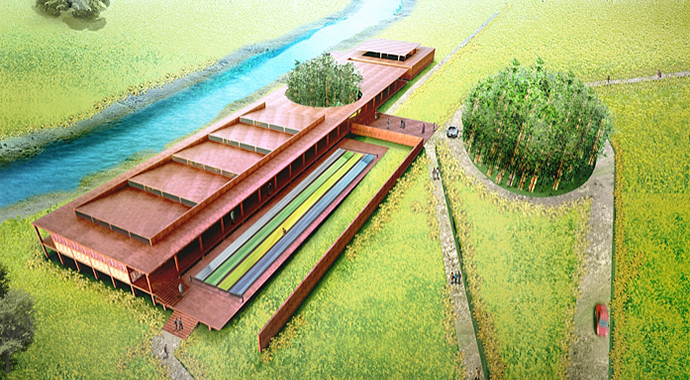
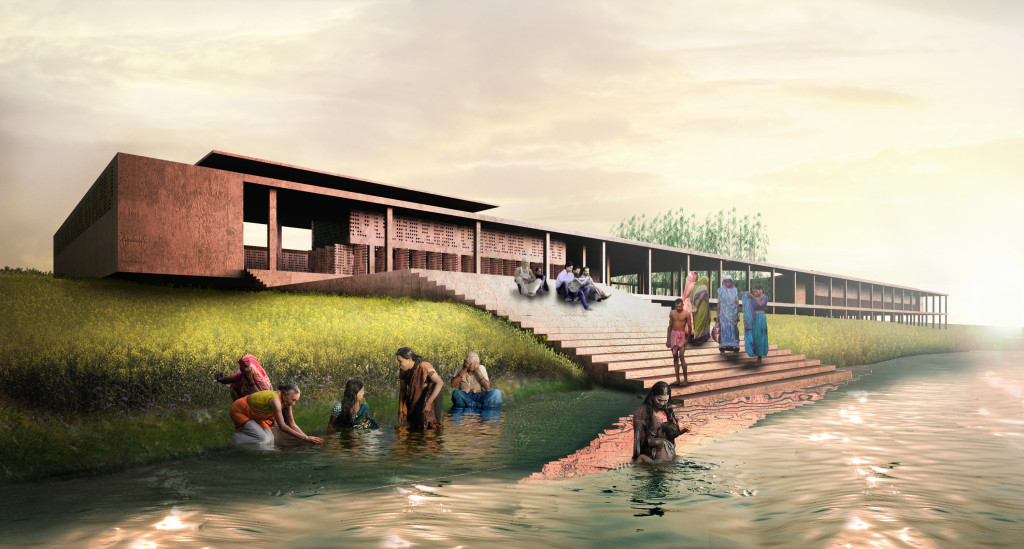
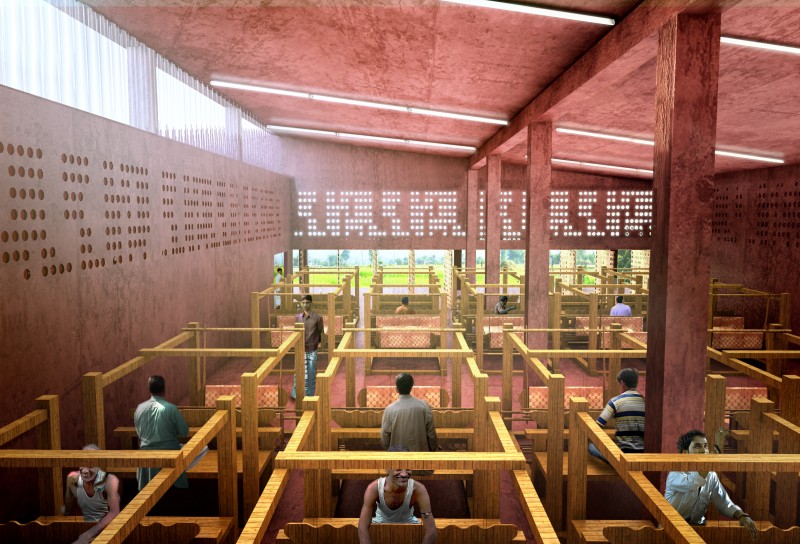
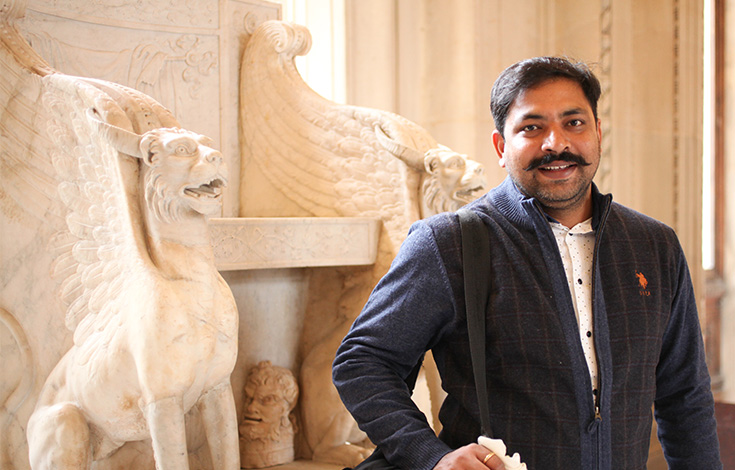
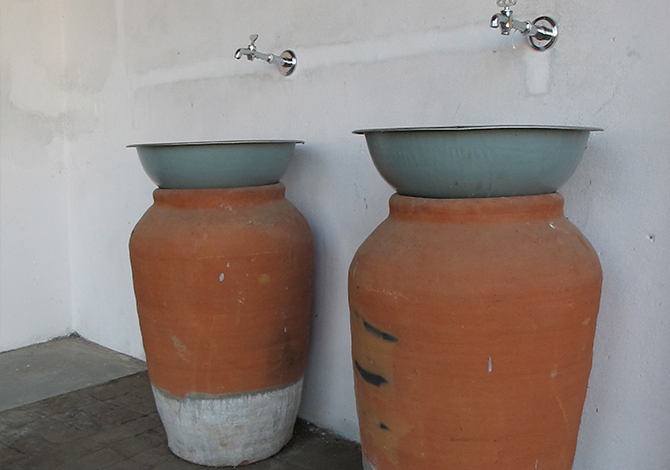
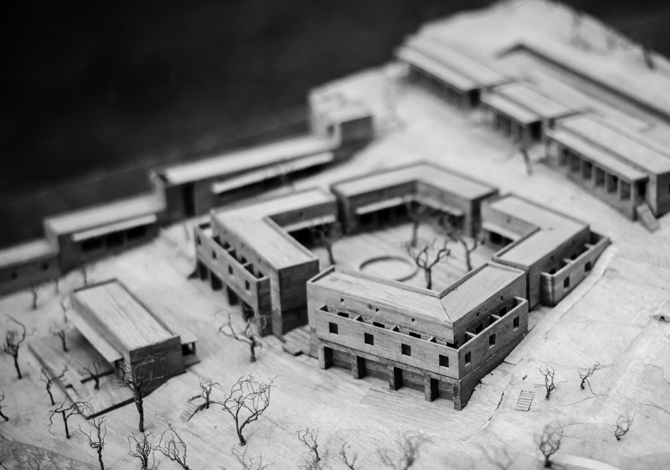
Hey good day! Im just asking if you have some floor plans of your weaving school and other equipments of indigenous weavers for weaving. This is for my thesis proposal. Thank you and God bless